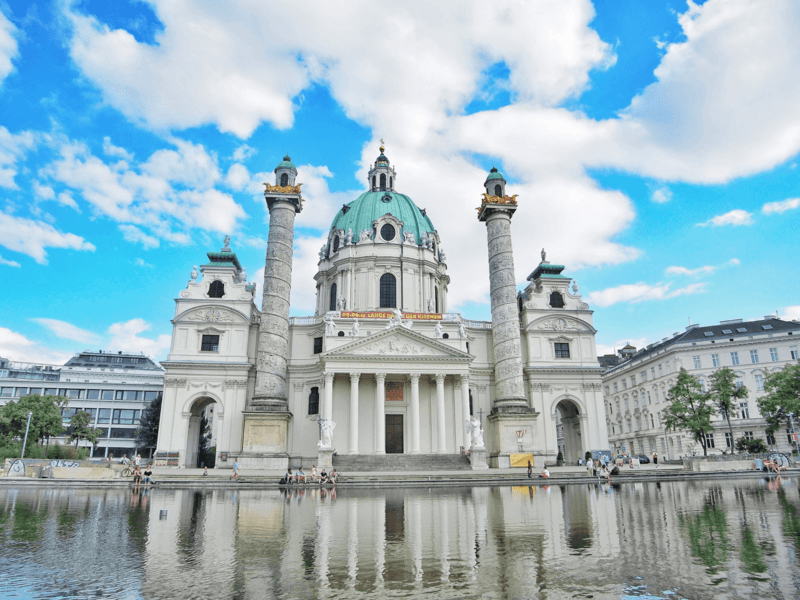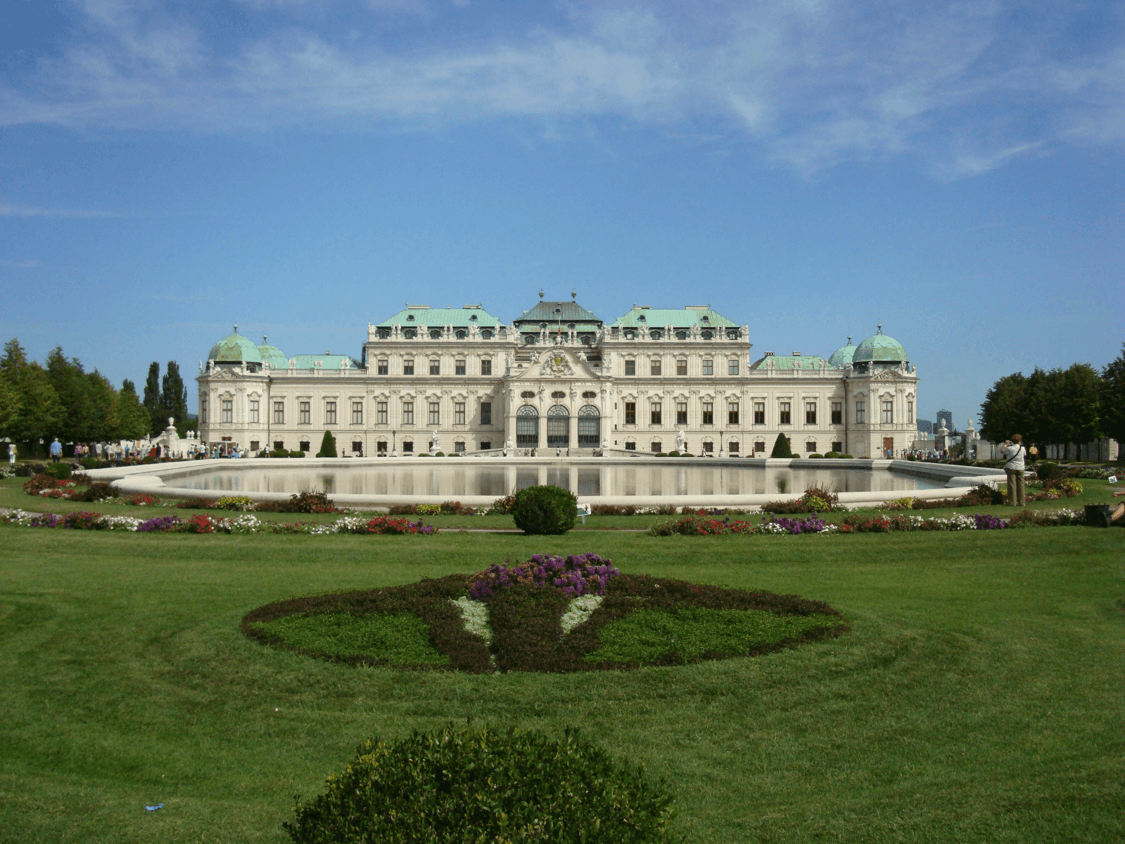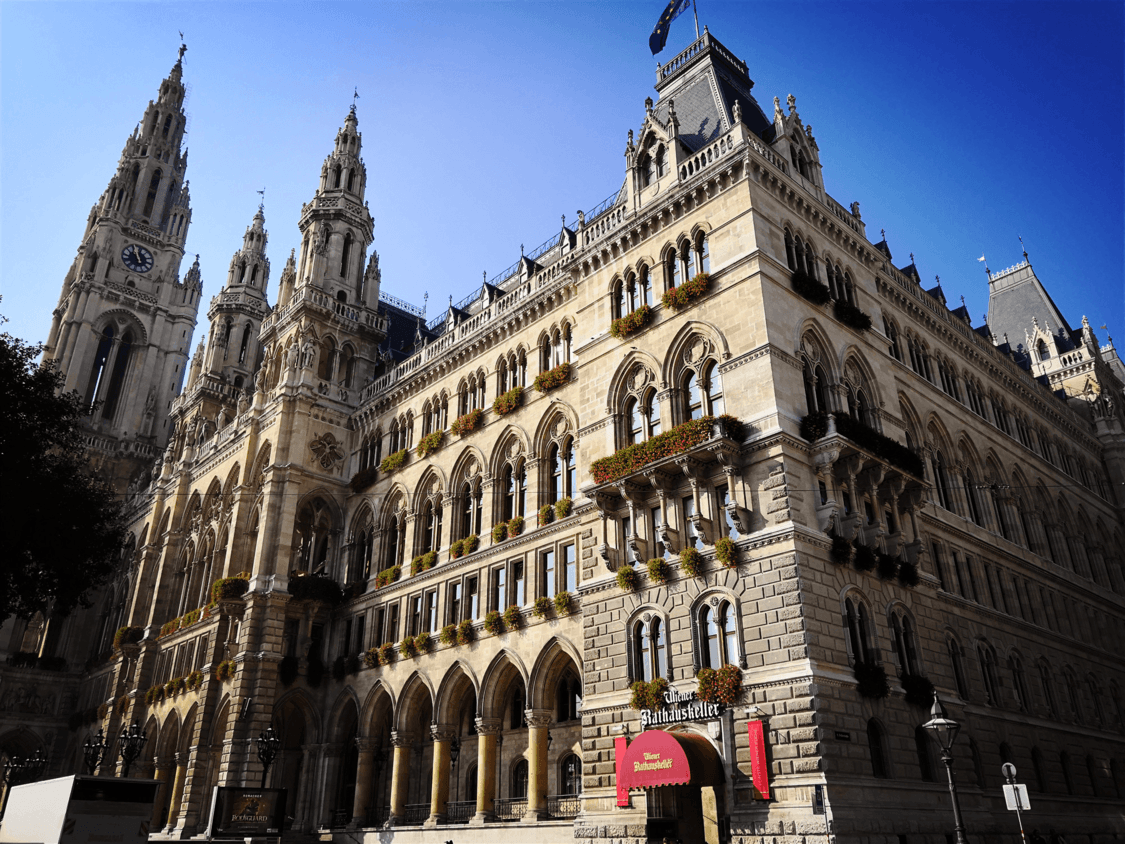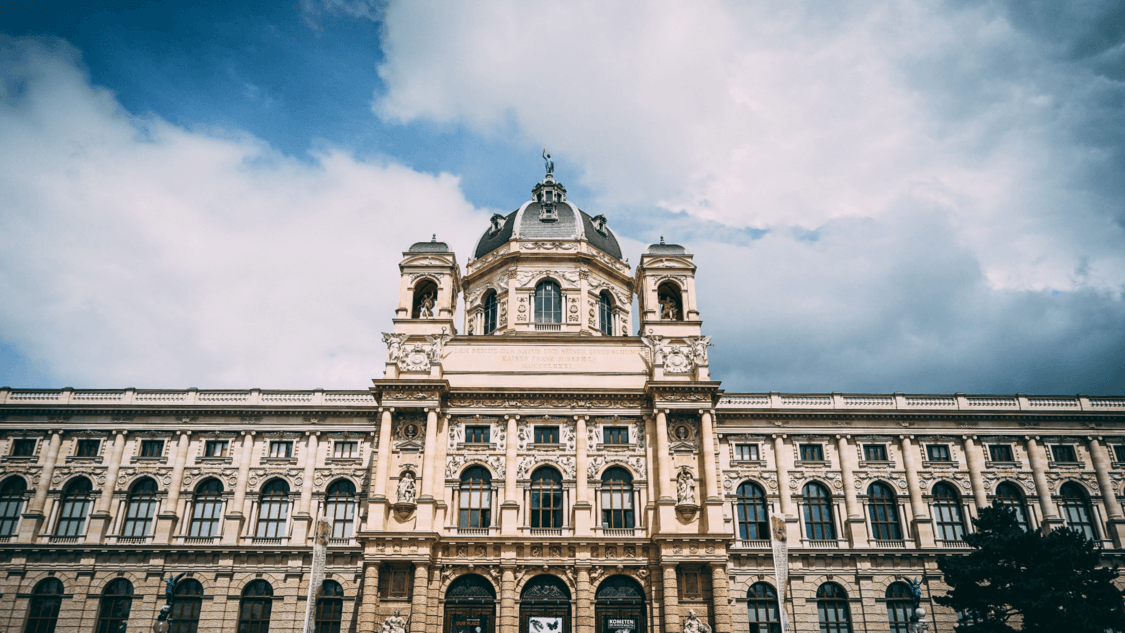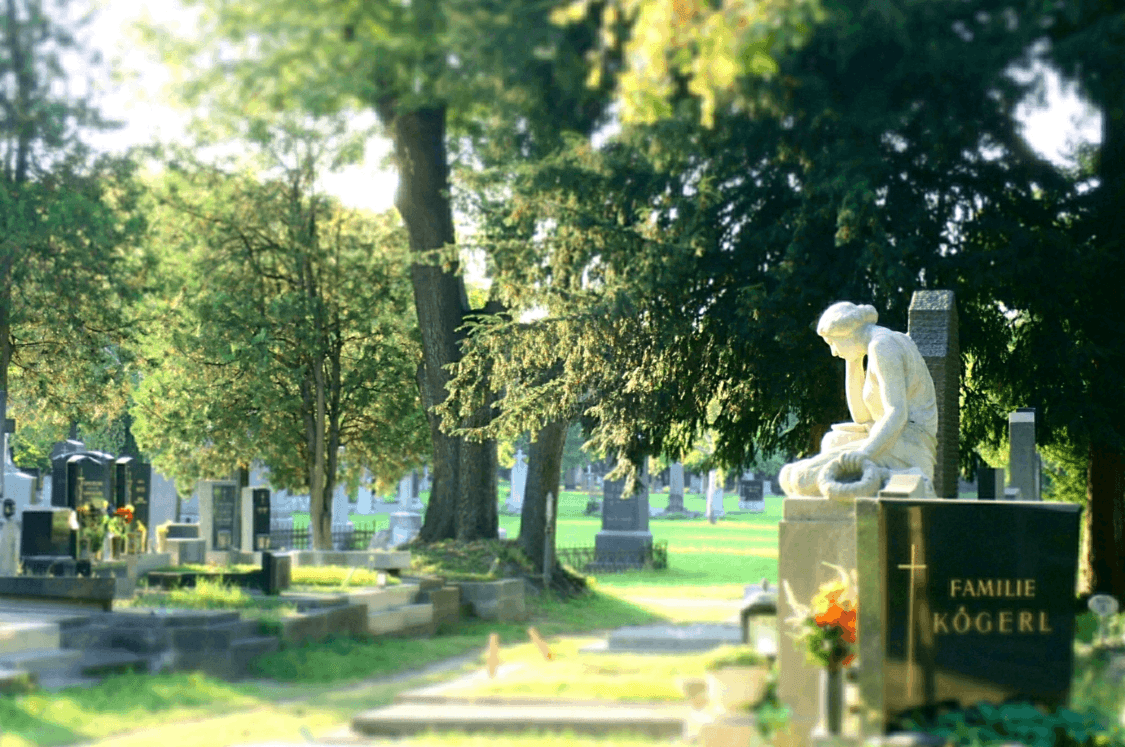1. St. Stephen's Cathedral
St. Stephen's Cathedral
St. Stephen's Cathedral is a symbol of Vienna, located in the city center and known as the 'Heart of Vienna.' It is a famous building on Vienna's Ringstrasse and is renowned worldwide. St. Stephen's Cathedral was built at the end of the 12th century, with its tall spire reaching 137 meters, second only to the Cologne Cathedral in Germany. The entire church features a unique blend of architectural styles: the west-facing main entrance is Romanesque, the spire is Gothic, and the altar is Baroque. These different architectural styles are integrated into one, a result of over four centuries of continuous reconstruction and renovation, showcasing the eclectic and harmonious capabilities of the Viennese people.
2. Schönbrunn Palace
Belvedere Palace and Museum
Schönbrunn Palace is one of Austria's most important cultural heritage sites and one of Vienna's most popular tourist attractions. The palace is the second largest in Europe, only surpassed by the Palace of Versailles in France, and together with the Hofburg Palace, it is known as the winter and summer residence of the Habsburg dynasty of the Austro-Hungarian Empire. Schönbrunn Palace is named after a spring within the palace grounds. This green area was once the hunting grounds of Emperor Matthias. The emperor drank from the spring here and felt refreshed, thus naming it the 'Beautiful Spring'. The palace has 1,400 rooms, the most notable of which is a portrait of Marie Antoinette, who later became the Queen of France, during her youth.
3. Hofburg Palace
Hofburg
The Hofburg Palace is the palace of the Habsburg dynasty in Austria, recording the former luxury of this most prominent family that ruled the Austro-Hungarian Empire. It is located in the center of Vienna and was inhabited by the royal family until 1918. In the 13th century, it was a castle, and as the power of the Habsburg family expanded and their territories grew, this castle was expanded into a luxurious palace. The palace is built according to the terrain and is divided into two parts: the Upper Palace and the Lower Palace, each with a garden. The Upper Palace was used for imperial offices, receptions, and grand events, while the Lower Palace was used for living quarters and receiving guests.
4. Belvedere Palace
Belvedere Palace and Museum
Belvedere Palace is one of the most famous Baroque palaces in Vienna and is home to the Austrian National Gallery. The Belvedere consists of two buildings: the Upper Belvedere (Oberes Belvedere) and the Lower Belvedere (Unteres Belvedere). These two palaces are connected by a magnificent garden known as the Alpine Garden. This garden features symmetrically designed terraces and axially arranged fountain pools, surrounded by lawns and trees. The Neptune statues in the fountains and the Baroque sphinx sculptures lead visitors into a fantastical world. From the Upper Belvedere, one can enjoy a panoramic view of the inner city, Vienna's buildings, and the Vienna Woods, creating a unique and beautiful scenery.
5. Vienna City Hall
The Vienna City Hall
The City Hall is one of Vienna's landmark buildings, completed in 1873, and is a typical Neo-Gothic architecture. Its arcades, colonnades, balconies, pointed windows, and intricate carvings reflect the typical style of Neo-Gothic architecture. The 98-meter-high tower in front of the City Hall is considered a mascot of Vienna. Legend has it that non-church buildings were not allowed to exceed 100 meters at that time, and the construction plan of the City Hall tower was opposed by the church. The designer, Friedrich von Schmidt, limited the tower itself to 98 meters but added a 3.4-meter-high statue of the 'Rathausmann' (City Hall Man) on top of the tower, challenging the old powers, to which the church could do nothing. During the summer concerts, multiple performances are held in the City Hall Square.
6. St. Charles' Church
St Charles' Church
This is the most eye-catching Baroque church building in Vienna. The front of the church adopts the style of an ancient Greek temple, while the two wings adopt the style of the Italian Renaissance. The dome and the columns on both sides, carved with bas-reliefs, are particularly attractive. The interior of the church is luxuriously and solemnly decorated, and the religious frescoes on the dome are very lifelike. You can take an elevator to the top of the dome to admire the beautiful frescoes up close. There is a large fountain in front of St. Charles' Church, and next to the fountain is a park with many small cafes where people can chat, read, and relax.
7. Kunsthistorisches Museum
Kunsthistorisches Museum Wien
This is one of the most important art halls in the world and the fourth largest art museum globally. Visiting the luxurious building of this museum is an extraordinary artistic experience in itself. The dome hall showcases the pinnacle of the empire, and the extensive Neo-Baroque decorations create one of the most solemn and magnificent interiors of late 19th-century Vienna, which perhaps cannot be matched by other European museums.
8. Museumsquartier Vienna
Museumsquartier
The Museumsquartier Vienna, abbreviated as 'MQ', is one of the largest museum complexes in Europe and one of the largest museum districts in the world. It is located in the seventh district of Vienna, Neubau, not far from the city center. The museum district was inaugurated in September 2001, covering a total area of 60,000 square meters, and was designed by the Austrian architectural duo Ortner & Ortner. It houses dozens of art institutions, including the renowned Leopold Museum, the Museum of Modern Art, among others. The Baroque and modern buildings are interspersed, creating a super-modern architectural style. As a result, the Museumsquartier Vienna has become one of the top ten cultural areas in the world.
9. Votive Church
Votive Church
Recommended reason: The Votive Church is one of the most important Roman Catholic churches in Vienna.
The Votive Church (Votivkirche) is a Roman Catholic church in Vienna, located in the Alsergrund district, adjacent to the University of Vienna, on the outer side of the Ring Road. It is said that Emperor Franz Joseph was assassinated here but miraculously survived and recovered. To thank God for protecting Franz Joseph's life, this Neo-Gothic Roman Catholic church was built, known as the 'Twin Tower Church' due to its two prominent spires. The existence of the Votive Church commemorates this historical event and has become one of the most important Roman Catholic churches in Vienna.
10. Vienna Central Cemetery
Central Cemetery (Zentralfriedhof)
Recommended reason: Vienna Central Cemetery is the resting place of famous musicians and composers, including more than 20 world-renowned music masters such as Mozart, Haydn, Beethoven, Schubert, and the Strauss family.
Vienna Central Cemetery (German: Wiener Zentralfriedhof) is located in the Simmering district of Vienna. It is the largest cemetery in Vienna and the second largest in Europe, with a total of 330,000 graves. It is famous for being the burial site of more than 20 world-famous musicians and composers, including Mozart, Haydn, Beethoven, Schubert, and the Strauss family (including Johann Strauss II, Johann Strauss I, and Josef Strauss). Their graves have become important places for people to pay homage and commemorate these musical giants.
